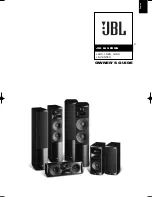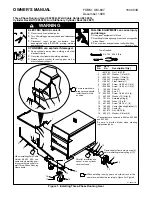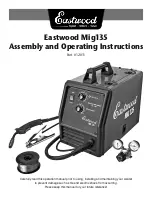
0 dB
-30...+6 dB
The TRIM control allows raising the level of
the selected frequency band’s output signal
by up to 6 dB or lowering it by as much as
30 dB. This allows for optimal level
adjustment of individual frequency bands to
match each other.
This field indicates the currently set gain
value numerically. However, manually
entering the desired value is possible as
well.
normal
normal, inverted
POLARITY defines the polarity setting of the
respective output. At times, inverting a
channel’s polarity (i.e. setting a negative
polarity) might become necessary,
depending on the crossover filter
characteristic. The phase responses of
some filter types can result in dropouts at
the X-Over frequency when summing two
channels. Inverting the polarity of the
output carrying the lower frequency signal
prevents this from happening. The following
list shows all filter types that require
inverting one channel of the corresponding
pair of filters.
–
Bessel 12 dB
–
Butterworth 12 dB
–
Bessel 18 dB
–
Bessel 24 dB
HINT: The effect of the polarity parameter
becomes very evident when the summed
signal is displayed (set the switch to Sum).
MUTE-Button mutes the respective
frequency band.
The arrow button allows loading a speaker
file. When Include Speakers has been
activated, the frequency response shows
the speaker transfer function included in
the selected file.
X-Over Filter Editing in the Graphic Display using the Mouse
With an X-Over filter being active (not set to OFF), the graphic display shows a colored spot on the amplitude
frequency response. This spot represents the filter. Clicking with the left mouse button on this spot and holding the
mouse button pressed down lets you adjust the frequency of the corresponding filter by dragging the spot to the left or
to the right. The name of the respective filter is displayed in color when placing the mouse cursor over a spot.
IRIS-Net
DIGITAL MATRIX | en 385
Bosch Security Systems B.V.
User Manual
2017.05 | 3.20 | F.01U.119.956
















































